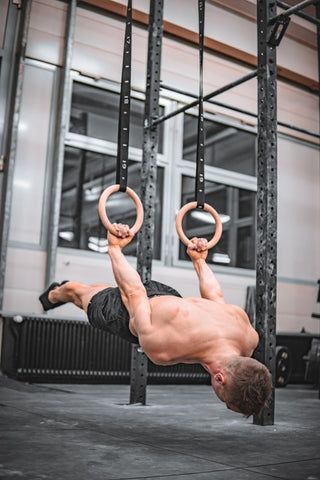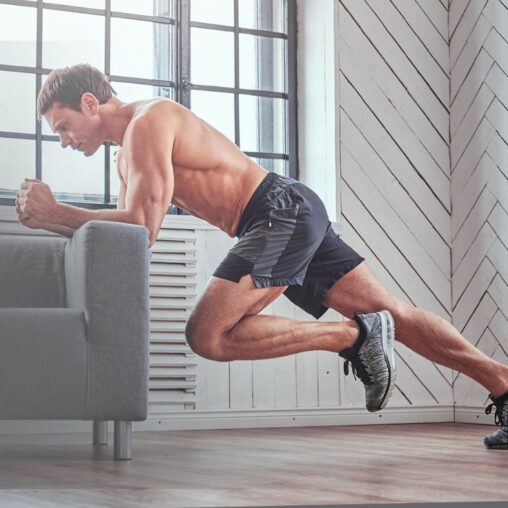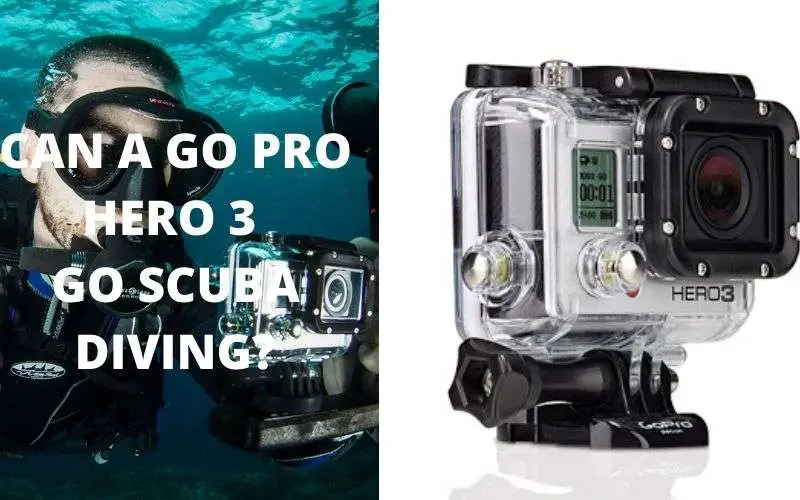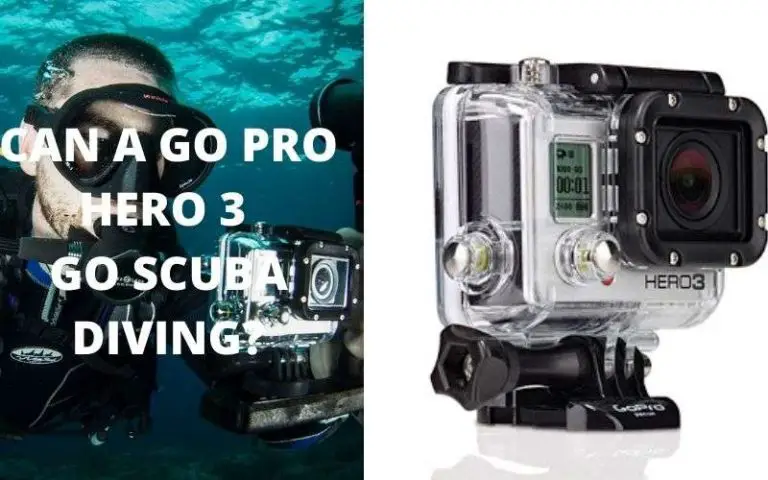
In the world of fitness, the rise of calisthenics as a powerful tool for building strength, flexibility, and muscular endurance has been nothing short of meteoric. But one intriguing question lingers: can calisthenics play a role in enhancing the performance of swimmers? The entwining of these two seemingly distinct fitness domains reveals an untapped potential that holds promise for swimmers everywhere.
Are Calisthenics Beneficial for Swimmers?
The fusion of calisthenic exercises with a swimmer’s training regimen can be a game-changer. This symbiotic relationship can propel a swimmer’s performance to new heights by concentrating on compound exercises that activate multiple muscle groups simultaneously. These bodyweight-centric routines harbor a lower risk of injury compared to conventional weightlifting exercises, making them a choice worth exploring.
If you’re eager to discover the intricate dance of calisthenics and swimming, this article unravels the details and unveils the potential benefits for swimmers.

Key Insights
Calisthenics enhance a swimmer’s muscle strength, flexibility, and endurance.
Compound, functional exercises in calisthenics cultivate the power and stability essential for swimming strokes.
The bodyweight resistance in calisthenics reduces the risk of injury.
Why Calisthenics Matter to Swimmers
Molding Muscular Strength and Stamina
The integration of calisthenics into your dryland training regimen is a catalyst for a substantial boost in muscular strength and endurance.
Unlike conventional weightlifting, calisthenics capitalize on your body weight, focusing on compound exercises that translate into functional, dynamic muscle development.
As a swimmer, this translates into an improved performance and a mitigated risk of injury due to the enhancement of muscle balance and coordination.
Like all resistance training, the key is progress. Continually challenge your muscles by escalating the difficulty and intensity of your calisthenics workouts over time.
Refining Technique and Strokes
Mastering technique is an essential facet of swimming, and this is where calisthenics lends a helping hand.
Engaging in low-impact exercises such as push-ups, plank variations, and lunges cultivates better focus and control over precise movements in the water. These exercises nurture body awareness and core strength, bestowing a heightened sense of coordination.
As a result, your starts and turns become smoother, your times accelerate, and your overall swimming performance takes a quantum leap.
Safeguarding Joints and Alleviating Inflammation
Swimming is renowned for being a low-impact sport, but introducing calisthenics into your regimen further cements the protection of your joints from the toll of stress and inflammation.
Contrary to traditional weightlifting with heavy loads that can subject your joints to massive strain, many calisthenics exercises embrace slow, controlled movements that minimize stress on your joints. The result? Reduced risk of injury and inflammation, a boon for swimmers aiming to sustain healthy, pain-free joints throughout their athletic journey.
Support for Aging Swimmers and Heart Health
Calisthenics exercises of the low-impact variety offer a lifeline for aging swimmers aiming to preserve their fitness and cardiovascular health.
Calisthenics routines adapt to your fitness level, allowing you to tailor exercises to your specific needs and relish the benefits without compromise. Furthermore, the calisthenics regimen can impart positive effects on your heart rate, strengthening your overall cardiovascular system and endurance. As swimmers age, the inclusion of calisthenics can act as a guardian of both health and swimming prowess.
Crucial Calisthenic Exercises for Swimmers
Incorporating these exercises into a swimmer’s regimen bolsters various muscle groups, fosters endurance, and elevates overall fitness. Here are some indispensable calisthenic exercises tailored specifically for swimmers:
Pull-Ups and Chin-Ups for Back and Arm Strength
These exercises, targeting the back and arm muscles pivotal in swimming strokes, improve your efficiency in propelling yourself through the water. Perform these exercises by grasping a pull-up bar with varying grips.
TPlanks and Sit-Ups for Core and Abdominals
To maintain a streamlined position in the water and provide stability, a strong core and well-defined abs are non-negotiable. Engaging in planks and sit-ups accomplishes this feat. Planks involve maintaining a straight line with your body, while sit-ups demand lifting your upper body towards your knees using your abdominal muscles.
Squats and Lunges for the Lower Body
Swimmers’ leg muscles, including the glutes, quadriceps, and hamstrings, are crucial for powerful kicks in the pool, enhancing speed and propulsion. Squats involve lowering your body into a seated position while lunges entail stepping forward with one foot and bending both knees to 90 degrees.
Push-Ups and Dips for Chest and Triceps
These exercises are instrumental in fortifying the chest and triceps, playing a pivotal role in the pushing phase of swimming strokes. Push-ups demand lowering your body until your chest nearly touches the ground, while dips require placing your hands on parallel bars and pushing your body up.
When these calisthenic exercises become an integral part of your workout routine, the results are stronger muscles, heightened endurance, and, consequently, an enhanced swimming performance.
Calisthenics and Diet: A Synergistic Pairing
Nourishing your body with the right sustenance is pivotal to energizing calisthenics workouts. As a swimmer venturing into the world of calisthenics, mindful nutrition is essential. Prioritize nutrient-dense foods, the fuel that empowers your bodyweight workouts and bolsters your swimming performance.
To create a balanced diet, focus on the following elements:
Carbohydrates
These are the swiftest source of energy. Include whole grains, fruits, and vegetables around your workout times to supply your body with quick energy.
Protein
The foundation for muscle repair and growth. Opt for lean protein sources like chicken, fish, or plant-based alternatives such as tofu.
Healthy Fats
Essential for absorbing fat-soluble vitamins and promoting overall health. Incorporate avocados, nuts, and olive oil into your diet.
Constructing Your Personalized Calisthenic Routine
Calisthenics provide a versatile fitness solution for swimmers of all ages and fitness levels. Whether you’re a beginner or an experienced swimmer, calisthenics can be a dynamic addition to your training regimen. By adapting exercises to your fitness level, you can progressively build strength and confidence.
For beginners, commence with fundamental exercises like push-ups, squats, and lunges. Focus on perfecting your form before venturing into more advanced routines.
If you have a higher fitness level, explore sophisticated exercises such as one-arm push-ups, pistol squats, and front levers. The key is to find the ideal equilibrium to keep progressing while averting injuries.

The Blueprint for a Well-Rounded Workout
To maximize the benefits of your calisthenic regimen, craft a workout that engages different muscle groups.
Incorporate the following components for a comprehensive and challenging workout:
1. Upper Body: Engage in both push and pull exercises to target your chest, back, and arms. For example, push-ups, pull-ups, and dips are excellent choices to fortify these muscle groups.
2. Lower Body: Concentrate on exercises that work your legs and glutes, like squats, lunges, and step-ups. Building strength in these muscles will enhance your speed and propulsion in the pool.
3. Core: Strengthen your abdominal and lower back muscles with exercises such as planks, leg raises, and Russian twists. A robust core is essential for maintaining a streamlined position in the water.
4. Balance and Coordination: Challenge your balance and coordination by including movements like single-leg deadlifts or handstands in your routine. This component contributes to improved control and balance during your swimming strokes.
5. Cardiovascular Health: Elevate your cardiovascular endurance by incorporating high-intensity movements like burpees or jumping jacks into your calisthenics routine. This extra cardiovascular boost will complement your swimming performance.
As a dedicated swimmer, you’re well aware of the importance of consistency and unwavering commitment to your goals. The same principles apply to your calisthenics routine. To achieve optimal results, blend your personalized calisthenic workouts with your regular swimming training, aiming for 2-3 calisthenics sessions per week.
Measuring Progress and Tracking Improvement
To achieve significant strides in your swimming performance through calisthenics, diligent tracking of your workouts and progress is vital. Both short-term and long-term metrics should be monitored for a comprehensive evaluation.
1. Short-Term Progress: Track your progress from one workout to the next by monitoring metrics like swimming pace, distance, and heart rate. This short-term analysis will help you understand how your calisthenics training impacts your swimming efficiency and overall performance.
2. Long-Term Progress: Over the long term, assess your improvement by comparing your current swimming abilities to your starting point. Take note of lap splits, stroke count, and stroke efficiency, as these metrics offer insights into your overall progress and efficiency in the pool.
3. Muscle Strength and Body Position: Calisthenics will enhance your core and muscle strength, which will lead to a more efficient body position in the water. Track your ability to maintain positions like the plank for longer durations and your symmetry when performing exercises to ensure that your body is becoming more streamlined and balanced.
Remember, while calisthenics can be a powerful ally in improving your swimming performance, it’s essential to integrate these exercises with your regular pool training. These two components should complement one another, with swimming remaining your primary focus to achieve optimal results.
Conclusion
The synergy between calisthenics and swimming is a promising avenue for swimmers looking to elevate their performance. By harnessing the power of bodyweight exercises, swimmers can improve muscle strength, flexibility, and endurance, ultimately leading to better swimming technique and efficiency.
These benefits, coupled with reduced injury risk, make calisthenics a valuable addition to any swimmer’s training routine. Balancing these two training modalities requires dedication and consistency, but the rewards in the pool are well worth the effort.












